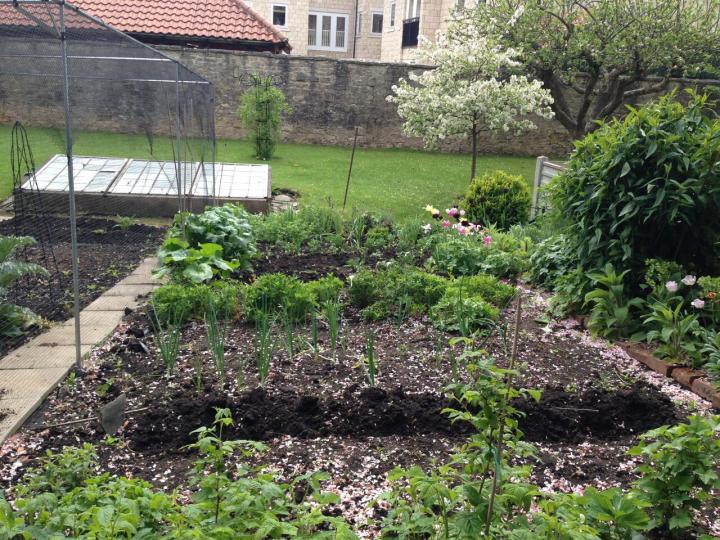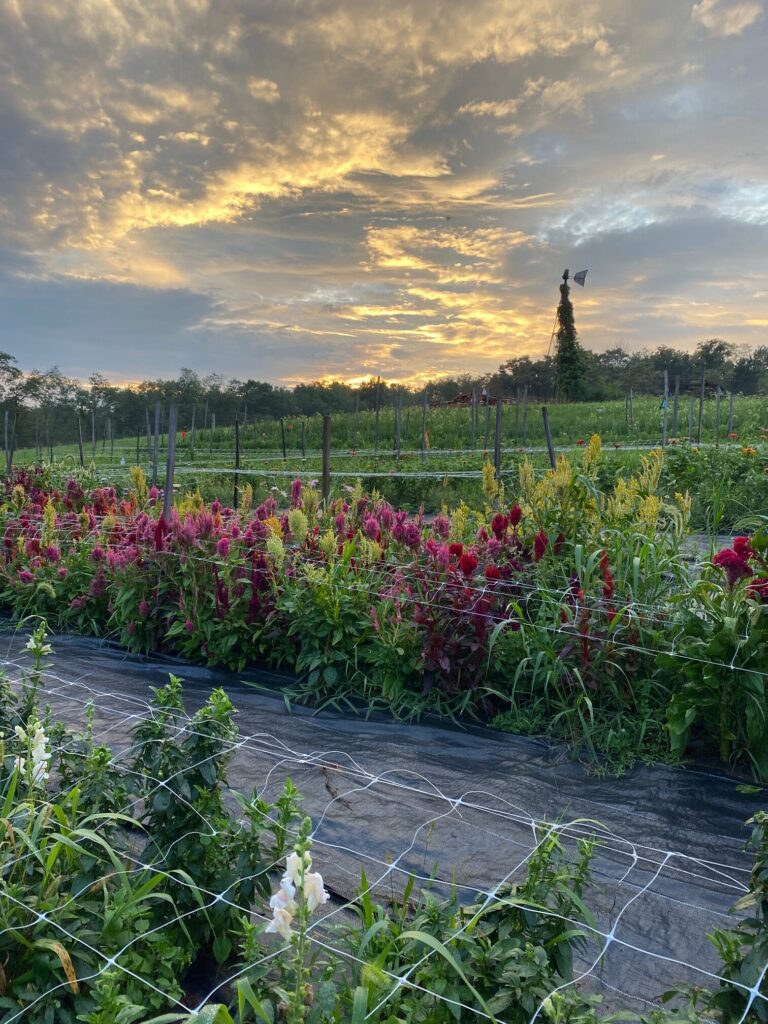Organic and Sustainable Practices for Homestead Gardening
Organic and Sustainable Practices for Homestead Gardening
Blog Article
Learn Just How to Grow a Prospering Horticulture Atmosphere for All Skill Levels
Producing a growing garden is a multifaceted undertaking that can be welcomed by individuals at any type of skill degree. By examining vital parts such as soil wellness, proper plant selection, and seasonal treatment routines, one can create a sustainable horticulture method that produces rewarding results. Comprehending how to evaluate and enhance your yard area lays the foundation for success. The details of carrying out these principles usually existing difficulties that can discourage also the most enthusiastic amateur. What techniques can be utilized to get rid of these obstacles and promote a really growing environment?
Comprehending Your Yard Room
In the realm of horticulture, comprehending your yard room is critical to growing a thriving landscape (Homestead Gardening). The first step in this undertaking involves evaluating the certain features of your plot. Factors such as soil structure, sunshine direct exposure, and water drainage play crucial functions in figuring out the viability of your yard for various types of plants
Begin by carrying out a dirt test to examine pH degrees and vitamins and mineral content, which will inform any needed modifications. In addition, observe just how much sunshine your room obtains throughout the day. Various plants have differing light requirements; some thrive completely sun, while others choose partial or full shade.

Last but not least, review the readily available room and strategy appropriately. This includes thinking about plant elevations and spread out to make certain ample area for development without overcrowding. By acquiring an extensive understanding of your garden space, you established the structure for an effective horticulture experience.
Choosing the Right Plants
Choosing the right plants for your yard needs cautious consideration of numerous variables, including environment, dirt conditions, and personal choices. Begin by assessing your neighborhood environment, as certain plants flourish in particular temperature level varieties and weather patterns. Exotic plants might not make it through in cooler regions, while hardy perennials can stand up to severe wintertimes.

Consider your personal choices, including visual charm and maintenance degrees. Decide whether you favor dynamic blossoms, lush foliage, or edible crops. Furthermore, consider the moment and effort you want to invest in plant care, as some selections require even more attention than others.
Last but not least, think of the yard's layout and light exposure. Sunshine patterns throughout the day will certainly influence your options-- some plants call for full sun, while others prosper in color. By attentively assessing these aspects, you can develop a efficient and unified yard customized to your setting and tastes.
Crucial Gardening Tools
A fully equipped gardener can considerably improve their gardening experience and results. Necessary horticulture devices are essential to cultivating a successful his explanation garden, regardless of skill degree. Initially, a tough spade is important for digging and transforming dirt, while a trowel enables exact planting and transplanting of smaller plants.
Pruning shears are important for preserving plant health and wellness by removing overgrown or dead branches, advertising much better air flow and growth. Furthermore, a hand rake serves for removing debris and freshening the soil, guaranteeing optimum problems for plant roots.
Gardening gloves safeguard hands from thorns, chemicals, and sores, making them an essential accessory. A watering can or hose pipe with an adjustable nozzle ensures that plants obtain appropriate moisture without overwatering.
Last but not least, think about buying a sturdy wheelbarrow for carrying dirt, plants, and tools around the garden effectively. By putting together a top quality toolkit that consists of these important things, gardeners can look these up take on different jobs with confidence and convenience, leading the method for a flourishing horticulture environment. Bear in mind, the right tools not just improve performance however also improve the total pleasure of the horticulture process.
Soil Prep Work and Maintenance
Quality dirt is the foundation of an effective yard, making proper prep work and upkeep vital for healthy and balanced plant growth. The primary step in soil preparation includes testing its pH and nutrient levels. This can be achieved via dirt testing sets readily available at gardening facilities or with specialist solutions. Based on the test results, changes can be made to optimize soil conditions for certain plant requirements.
Including organic matter, such as compost or well-rotted manure, is necessary for boosting dirt framework and fertility. This not just boosts nutrient availability yet also advertises useful microbial task. Additionally, proper water drainage is essential; heavy clay dirts may require the enhancement of sand or perlite to improve oygenation.
Normal upkeep of dirt wellness consists of mulching, which saves wetness and reduces weeds. Revolving crops yearly helps prevent nutrient deficiency and minimizes bug and illness risks. It is likewise vital to stay clear of over-tilling, which can interrupt soil structure and injury helpful organisms.
Ultimately, a consistent dedication to soil prep work and maintenance will cause a flourishing garden, guaranteeing that plants obtain the necessary nutrients they need for durable development and performance.
Seasonal Care and Administration

In spring, concentrate on growing new seeds and seedlings, while likewise carrying out soil tests to amend nutrient shortages. Routinely look for insects and diseases, as these can proliferate with the warming climate. Summer demands regular watering and mulching to keep moisture, along with trimming for better air circulation.
As fall approaches, it's time to prepare the garden for inactivity. This includes directory harvesting plants, cleaning up particles, and using a layer of mulch to protect plant roots from frost. Consider planting cover plants to enhance the soil during the winter season.
Evaluate structures like greenhouses for damages and ensure appropriate insulation for delicate plants. By adjusting your horticulture methods to the seasonal cycles, you can foster a growing atmosphere that sustains plant health year-round.
Verdict
In final thought, cultivating an effective yard needs a detailed understanding of essential principles such as dirt composition, sunshine exposure, and ideal plant option. Applying reliable soil preparation and maintenance techniques, together with utilizing the right tools, promotes an optimal expanding environment. Regular seasonal treatment and administration methods even more enhance plant health and efficiency. By adhering to these fundamental standards, individuals in all ability levels can achieve a prospering garden that contributes to both aesthetic satisfaction and environmental sustainability.
Picking the right plants for your garden calls for cautious factor to consider of various variables, consisting of climate, dirt conditions, and individual preferences. Conduct a dirt examination to figure out pH levels and vitamins and mineral material, which will certainly lead you in choosing plants that will certainly grow in your garden.Finally, think about spending in a strong wheelbarrow for moving soil, plants, and tools around the garden effectively.Quality soil is the structure of an effective garden, making proper prep work and upkeep crucial for healthy plant development. Homestead Gardening.In verdict, growing a successful garden calls for a comprehensive understanding of vital concepts such as soil composition, sunshine direct exposure, and proper plant selection
Report this page